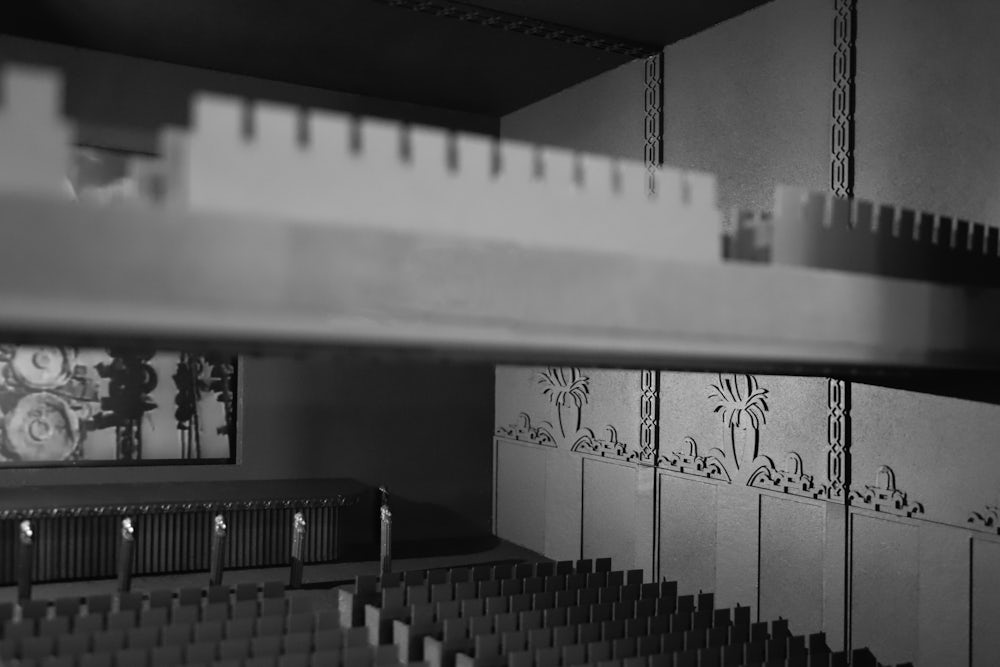Luigi Filippo Rodrigues Durando
"Heritage of Italian Colonialism"
Keywords: installation, model-making, architecture, colonialism
The question of how European societies are dealing with the legacies of their colonial pasts is increasingly becoming part of public discourse. However, Italy, as a nation and population is scarcely concerned by this international discussion. Italy’s colonial memory is still dominated by silence, denial and suppression. While the Italian empire and its impact on its former colonies have almost been forgotten by most people today, it has left - even though it was relatively small and short-lived compared to other European colonial empires - a lot of material and cultural traces.
Asmara, the capital city of Eritrea and the centre of Italy’s former African empire, under the Italian colonial occupation became an artistic playground for Italian futurists - who were able to play out their architectural fantasies. Today it is an exceptional example of this early modernist urbanism.
However, behind the creation of this collection of modernist buildings, there lies another story: a story of racial segregation. The first apartheid experiment in history, long before that of South Africa. Since the very beginning, the city’s master plan aimed to separate Italians from Eritreans and enforced this when dividing the city into separate sections. The city’s centre, named Campo Cintato (fenced field) was modelled following criteria which had to accommodate the need of the Italian settlers and reproduce the lifestyle of Italian cities. Bars, restaurants, schools, cinemas and shops were built in this area, to which entry was forbidden to Eritreans.
Among all of these buildings that have survived the decades is a cinema, still-functioning today, decorated with Roman pillars topped with stone lion heads and paintings of antelopes, pineapples and dancing women. Cinema Impero, completed in 1937, was the largest movie theatre constructed in Asmara during the last period of the Italian colony of Eritrea. It was named after the conquest of Ethiopia by Benito Mussolini and his proclamation of the Italian Empire. It is considered by the experts one of the world's finest examples of Art Déco buildings but can also be seen as one of Asmara's greatest examples of segregation.


